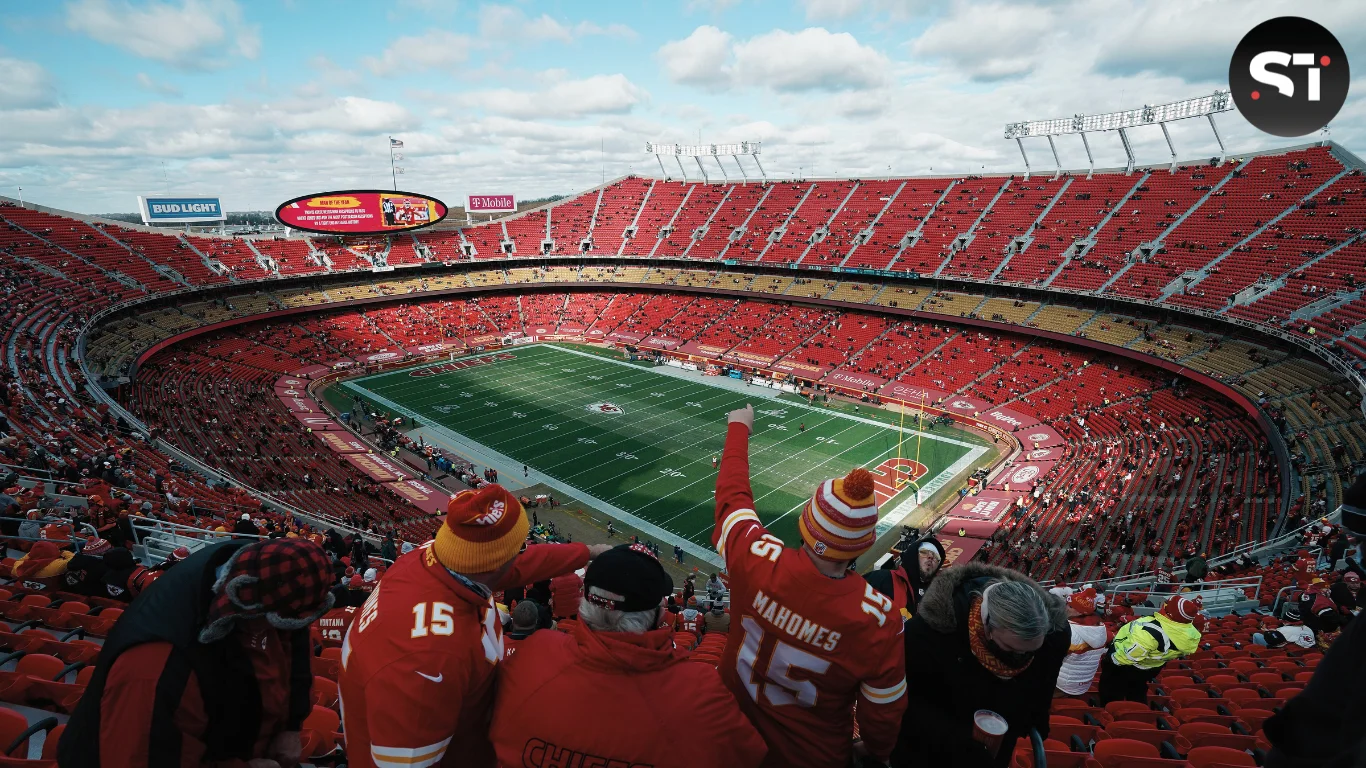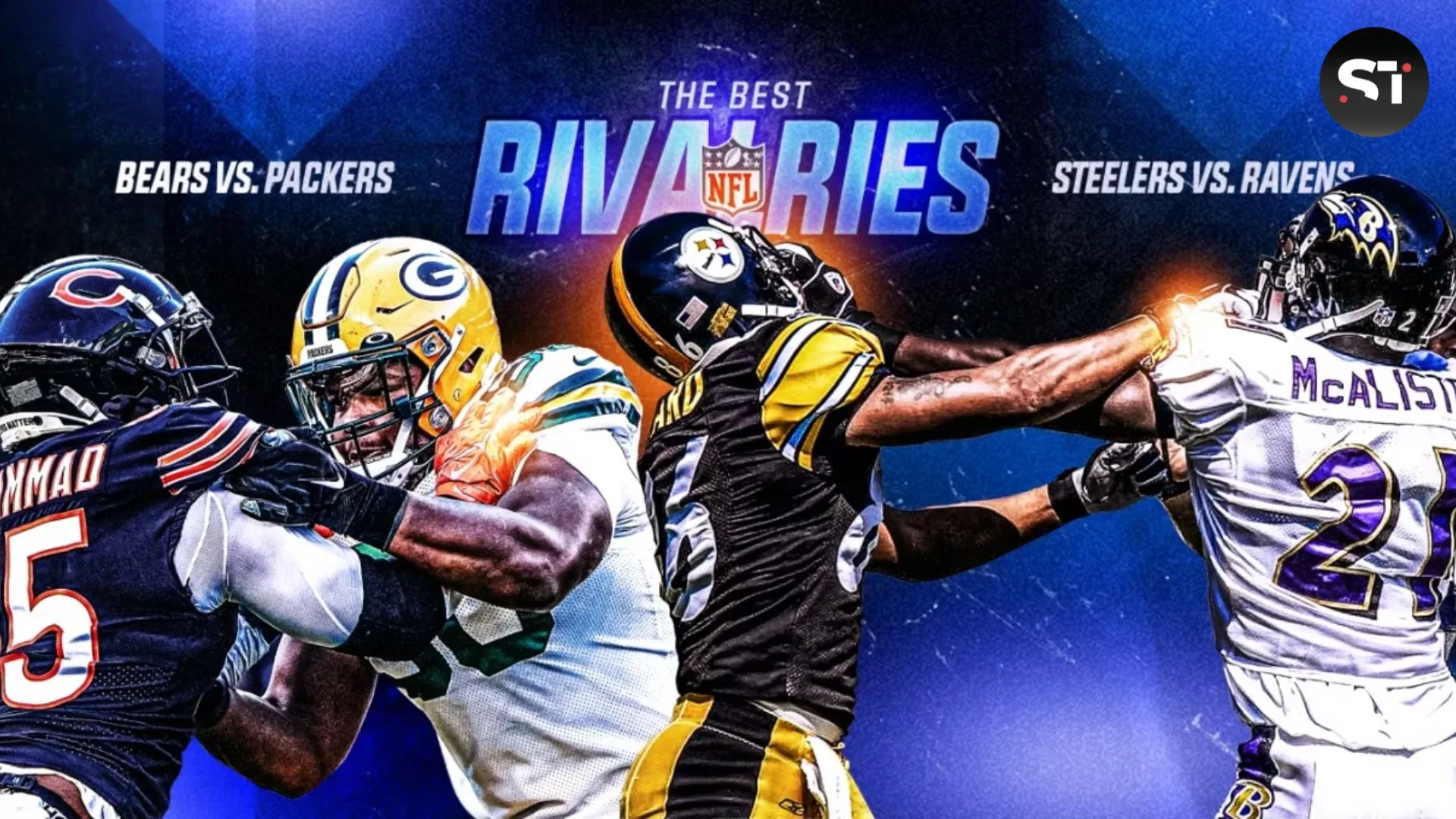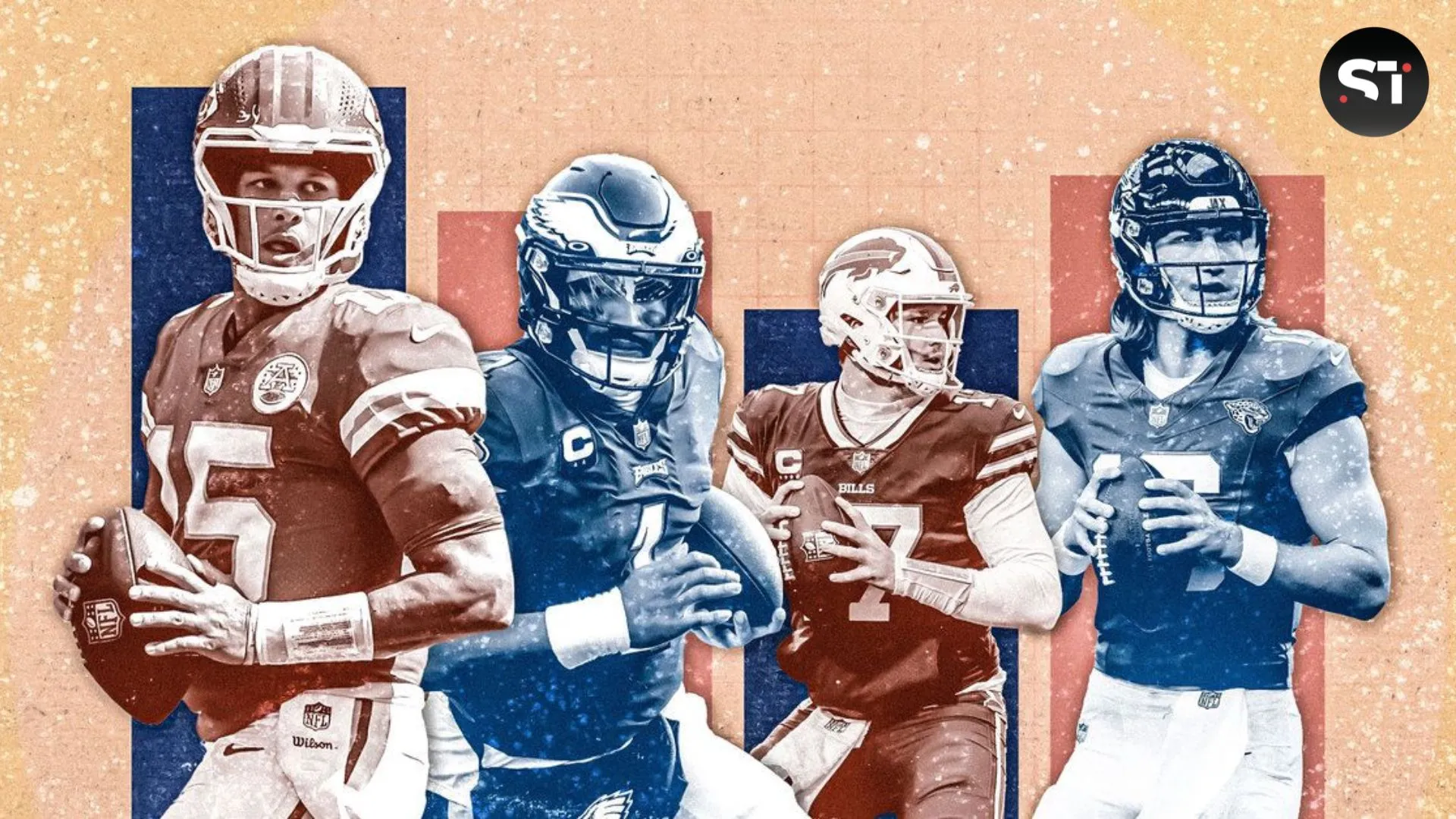The evolution of NFL uniform design is a fascinating journey through the annals of sports history, reflecting broader cultural and technological changes over the decades.
From the rudimentary gear of the early 20th century to the high-tech, visually striking uniforms of today, NFL uniforms have undergone significant transformations.
This journey not only showcases the aesthetic evolution but also highlights advancements in materials, safety, and branding within the sport. In this article, we will discover the evolution of NFL uniform designs.
The Early Years: 1920s-1940s
In the league’s nascent years during the 1920s, NFL uniforms were a far cry from the sophisticated designs we see today. The earliest uniforms were made of heavy wool, featuring minimal padding and basic color schemes.

Teams like the Green Bay Packers and the Chicago Bears donned plain jerseys with basic block numbers. Often in subdued hues like navy, maroon, and brown.
Helmets were optional and, if worn, were typically leather caps offering little protection. The primary focus was functionality over form, with minimal attention to branding or visual appeal.
Mid-Century Modern: 1950s-1960s
The 1950s and 1960s marked a period of significant change for NFL uniform design. This era saw the introduction of synthetic fabrics, which were lighter and more durable than their woolen predecessors.
Teams began to experiment with brighter colors and more intricate designs, by setting the stage for the iconic looks that would define the league’s image. Helmets became mandatory in 1943 and by the 1950s.

They were being produced in plastic with face masks added for improved safety. Teams also started to embrace logos and distinctive color schemes, by making it easier for fans to identify and rally behind their favorites.
The Dallas Cowboys, for instance, introduced their now-iconic star logo during this period. On the other hand, the Los Angeles Rams were the first team to sport a logo on their helmets.
The Bold and the Bright: 1970s-1980s
The 1970s and 1980s were characterized by boldness and innovation in NFL uniform design. This era embraced bright colors and flashy styles, reflecting broader trends in fashion and culture.
Teams like the Miami Dolphins, with their vibrant teal and orange. San Diego Chargers, with their electric blue and yellow, became instantly recognizable. The NFL also saw the introduction of throwback uniforms and alternate jerseys, adding variety and excitement for fans.

The Pittsburgh Steelers, for example, wore throwback uniforms celebrating their 1933 team. It featured unique vertical stripes that became a fan favorite.
Technological advancements continued to improve player safety and comfort. Lightweight, breathable materials became the norm, and helmet technology advanced to include better padding and more secure chin straps.
The Modern Era: 1990s-Present
The modern era of NFL uniform design is defined by a blend of tradition and innovation. Teams honor their history by retaining classic elements while also incorporating cutting-edge materials and design techniques.
In the 1990s, the league saw a surge in the use of advanced fabrics designed to enhance performance. These materials wick away sweat, regulate body temperature, and provide a better fit, allowing players to perform at their peak.

Design-wise, the NFL has embraced both minimalism and extravagance. Some teams, like the New York Jets and the Cleveland Browns, have opted for cleaner, simpler looks that harken back to their roots. Others, like the Seattle Seahawks and the Baltimore Ravens, have adopted more intricate and aggressive designs.
The NFL has also partnered with leading sportswear brands like Nike, which took over as the league’s official uniform provider in 2012. This collaboration has led to the introduction of innovative design features such as the “Flywire” technology in collars to reduce weight and improve fit, and the use of “vapor untouchable” fabrics that enhance performance.
The Influence of Branding and Marketing
The evolution of NFL uniform design is not just a story of technological and aesthetic change but also one of branding and marketing. As the NFL grew into a multi-billion-dollar industry, the importance of team identity and merchandise sales became paramount.
Teams have increasingly used uniform redesigns as an opportunity to refresh their brand. That attracts new fans and boosts merchandise sales. The Denver Broncos’ dramatic redesign in 1997, which introduced a new logo and modernized color scheme, is a prime example.
This change coincided with the team’s back-to-back Super Bowl victories, cementing the new look in fans’ minds. Special edition uniforms, such as the Color Rush series introduced in 2015, further highlight the intersection of design and marketing.
These vibrant, monochromatic uniforms created buzz and boosted jersey sales. It demonstrated the financial impact of strategic design choices.
Sustainability and Future Trends
As we look to the future, sustainability is becoming an increasingly important factor in NFL uniform design. Brands like Nike are incorporating recycled materials into their fabrics, aligning with broader environmental goals and appealing to eco-conscious fans.

Additionally, technology continues to push the boundaries of what’s possible. Smart fabrics that monitor vital signs and performance metrics, augmented reality elements for enhanced fan engagement, and further innovations in safety gear are all on the horizon.
Suggested Read: Unveiling the Legendary Legacy: Iconic NFL Stadiums Through the Ages
Summarizing
The evolution of NFL uniform design is a rich tapestry that mirrors the broader changes in society, technology, and the sport itself. From the rudimentary wool uniforms of the 1920s to the high-tech, performance-enhancing gear of today.
NFL uniforms have continually evolved to meet the demands of the game and its fans. As the NFL looks to the future, the marriage of tradition and innovation will undoubtedly continue to shape the designs that captivate audiences around the world.
Whether through bold color schemes, advanced materials, or sustainable practices, the future of NFL uniforms promises to be as dynamic and exciting as the game itself.








[…] Suggested Read: From Leather to High-Tech: The Evolution of NFL Uniform Design […]